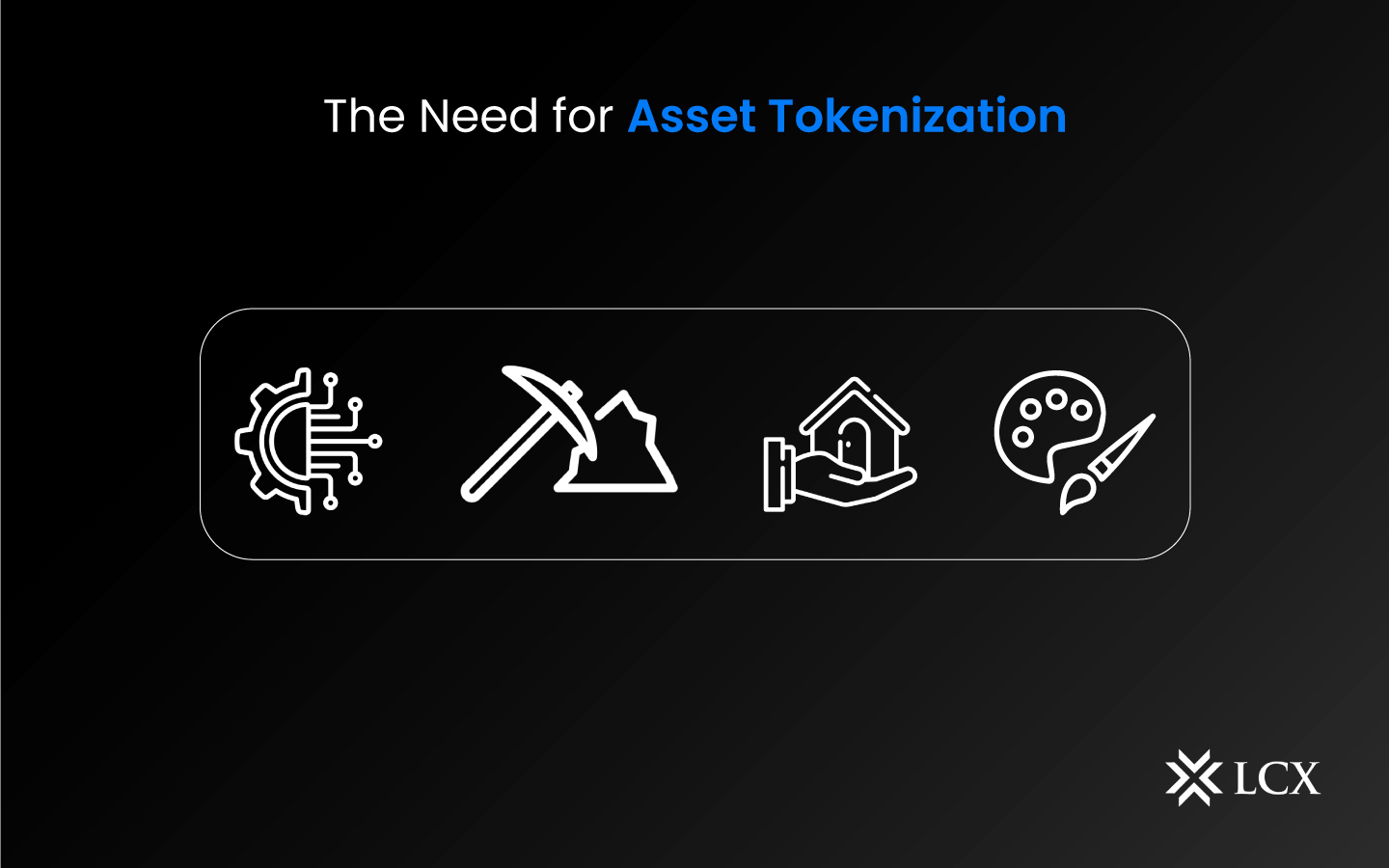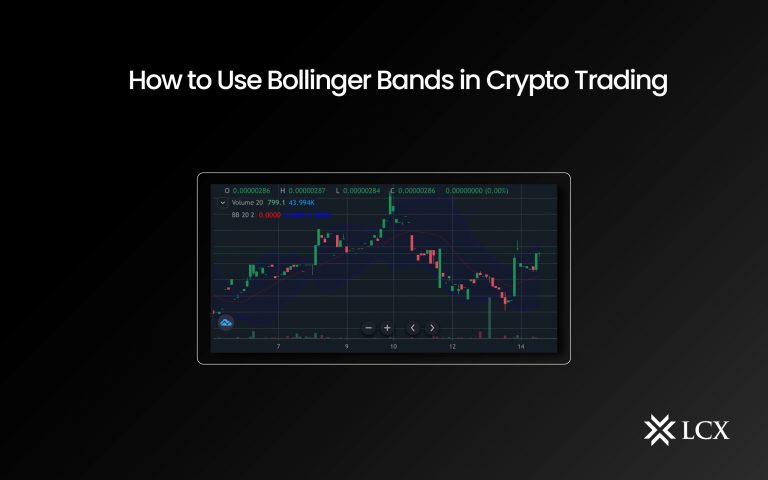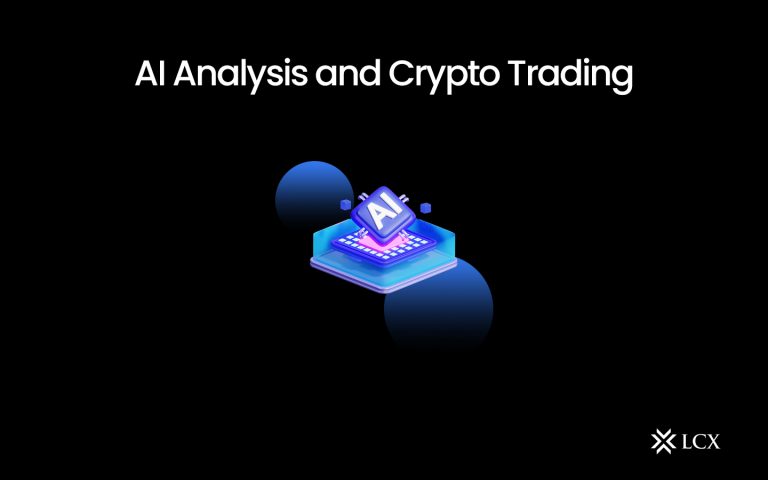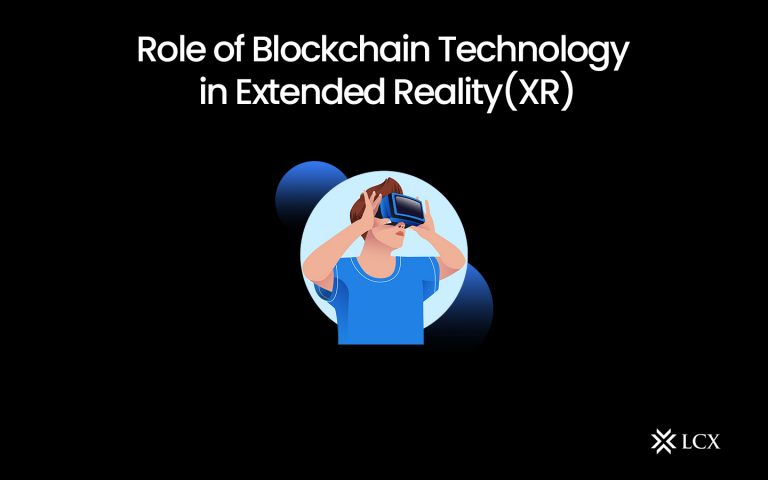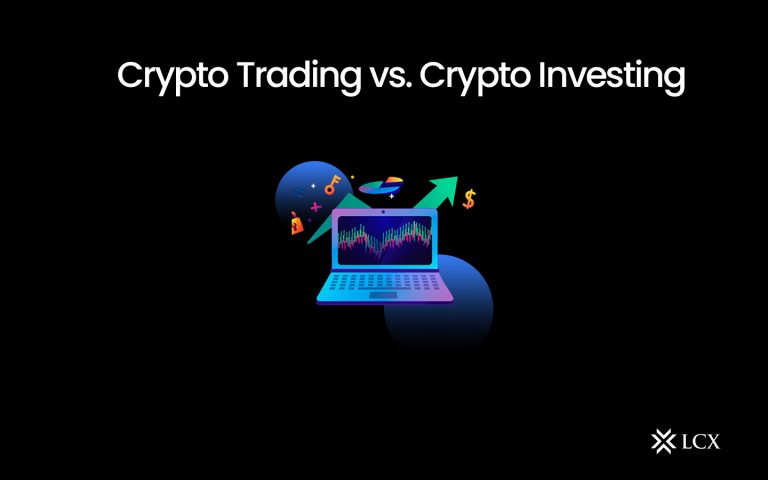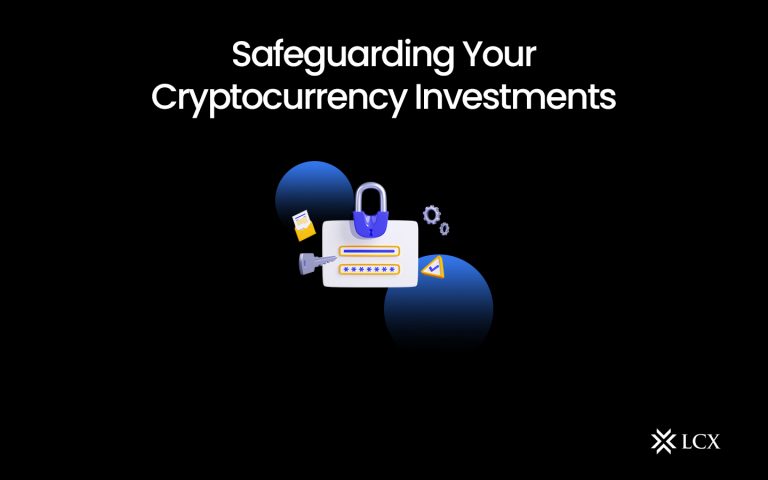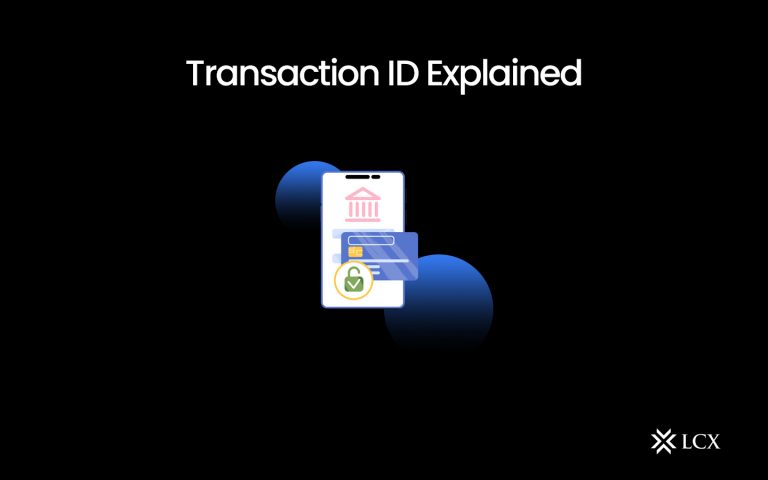Asset tokenization has the objective of supporting businesses in leveraging encrypted and open asset ownership transfers, fractionalized asset ownership to increase their ability to trade and reduce investment obstacles, and rapid, economical asset trading without intermediary services. With a forecasted 50x increase from $310 billion to $16.1 trillion between 2022 and 2030, tokenized assets will probably account for 10% of the world’s GDP by the end of the decade. The prospective idea of tokenize assets has completely transformed how people formerly viewed the transformative potential of blockchain for the entire tangible asset management process.
What Distinguishes Tokenized Assets From Securitization?
You can issue a token as a digital representation of any valid asset using blockchain technology. It also enables you to conduct any transaction with a single asset division. Due to this process’s simplicity, lots of people confuse it with securitization and asset tokenization. However, it is crucial to recognize that there are significant distinctions between the two.
The concepts of tokenized assets and securitization are wholly distinct. It empowers a user to convert any physical asset into a digital token that offers greater liquidity. Alternatively, through securitization, a user can convert assets with limited liquidity into security instruments with substantially greater liquidity.
Apart from this, another distinction between the two is that tokenization enables you to convert these assets with varying levels of liquidity, whereas asset tokenization does not provide this option. Using security tokens, you have the option to trade on markets and in over-the-counter transactions.
Moreover, tokenize assets differ from securitized assets in terms of the possibilities that they grant the user. It facilitates the user’s ability to bring mediators to a singular platform where multiple parties can engage in trading and carry out transactions on the blockchain.
Why to Tokenize Assets?
Fractional asset ownership: A user-defined fraction of an asset can be represented by a digital token. This enables fractional asset trading and joint possession of an asset.
Peer-to-peer asset trading: The ownership of tokenized assets can be transmitted directly between asset owners and investors without the need for third-party intermediaries such as governmental or financial institutions.
End-to-end asset tracking: In a distributed ledger, asset proprietors and investors can track the entire history of actions performed on tokenized assets. It assists in confirming the origin and source of assets and preventing scams and duplication.
Effective contract automation: Upon the occurrence of predefined events, smart contracts autonomously execute predetermined actions pertaining to tokenized assets. For example, upon payment for an asset, ownership passes on to the investor.
Computerized recordkeeping: All tokenized asset transactions, which include those set up by smart contracts, are immediately verified, timestamped, securely encrypted, and recorded in an immutable public ledger accessible to both asset owners and investors.
How to Tokenize Assets?
Asset election: The initial step to tokenize assets is to choose the asset that needs to be tokenized. Tokenization is possible for any asset that possesses significance and can be divided into smaller portions. Real estate, art, equities, bonds, and commodities are all prominent asset classes for tokenization.
Regulatory and legal compliance: Compliance with legal and regulatory regulations is required for asset tokenization, which may vary by jurisdiction. Prior to moving forward, it is essential to obtain legal counsel and adhere to regulatory guidelines.
Token issuance: The following step is the issuance of tokens representing asset ownership. Using blockchain technology, the tokens may be designed to signify partial ownership of the asset. The process of token issuance involves determining the total amount of tokens to be granted, the price of each token, and the ownership and transfer terms.
Token sale: After the tokens have been issued, investors can purchase them through a token sale. The token sale may be conducted via a public offering, a private placement, or any combination of the two. The token sale process entails marketing the tokens to prospective investors, authenticating their legal status and compliance with legal requirements, and enabling the transfer of funds and token ownership.
Asset management: After the sale of tokens, asset administration becomes an integral part of the tokenization process. The asset management procedure includes the management of the underlying asset, the collection of rent or dividends, and the distribution of profits to token holders. The management of assets can be performed internally or by an outside provider of services.
Secondary market trading: Tokenization enables the secondary market trading of tokens, which can increase their liquidity and intrinsic value for investors. The tokens can be transferred on exchanges or via peer-to-peer transactions, letting investors acquire and dispose of fractional ownership of assets without requiring the services of mediators.
Conclusion
Tokenization is positioned to transform the current state of asset management. It ensures impartiality and safety while democratizing market access. Currently, a legal restriction is the only barrier; the point at which this limitation interferes with someone’s desire to tokenize assets. In order to create a legal bridge between assets and distributed ledger technology, tax-related and cross-jurisdictional issues must be resolved. In the coming years, however, new solutions will enter the market that will ease these concerns.
